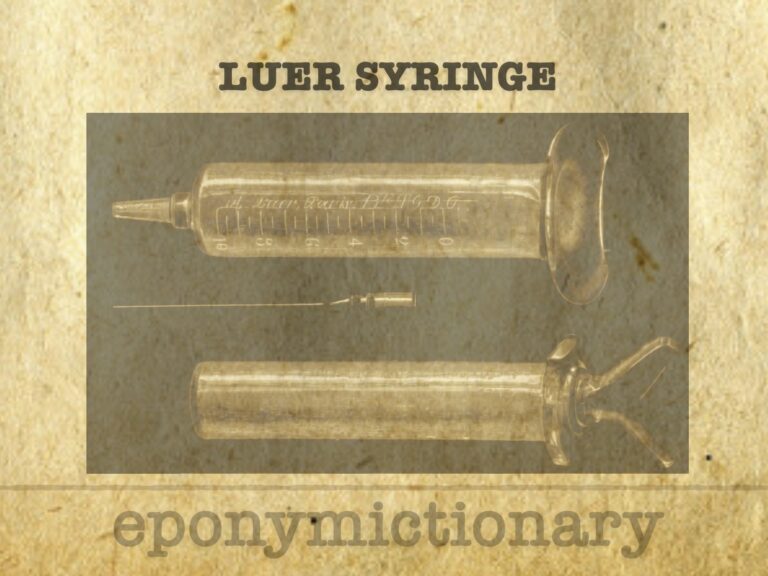
Luer syringe
Lüer syringe (1894). Unique graduated all-glass hypodermic syringe. Invented by Jeanne Amélie Lüer; Patented by Wülfing-Lüer

Lüer syringe (1894). Unique graduated all-glass hypodermic syringe. Invented by Jeanne Amélie Lüer; Patented by Wülfing-Lüer

Searchable database for medical journal abbreviations, both modern and historical, aiding researchers in accessing articles to facilitate easier navigation of medical literature through improved referencing.
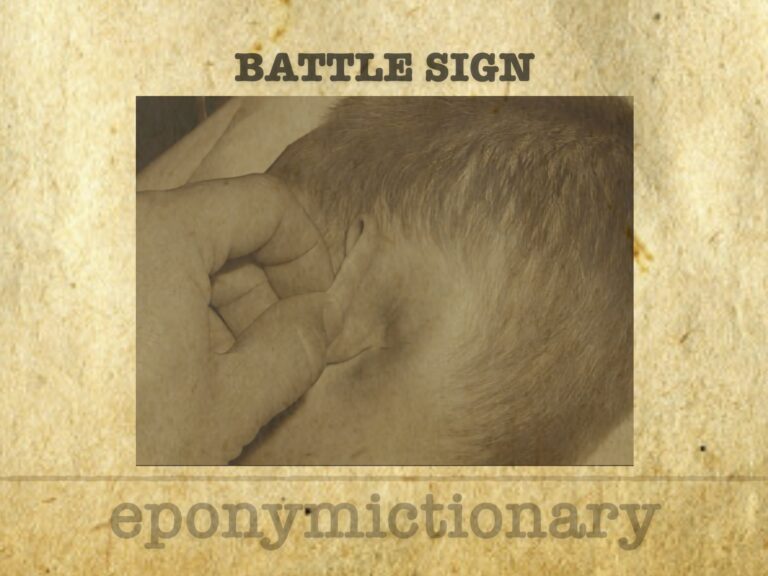
Battle sign: mastoid ecchymosis indicating basilar skull fracture, described by W.H. Battle in 1890; it holds >75% PPV for posterior fossa injury.
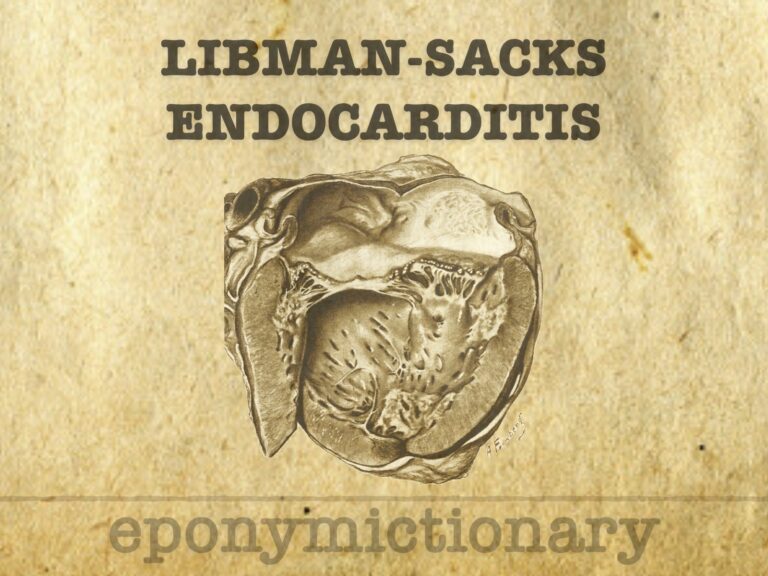
Libman–Sacks endocarditis is a sterile cardiac valve lesion linked to lupus and antiphospholipid syndrome, often detected via echocardiography
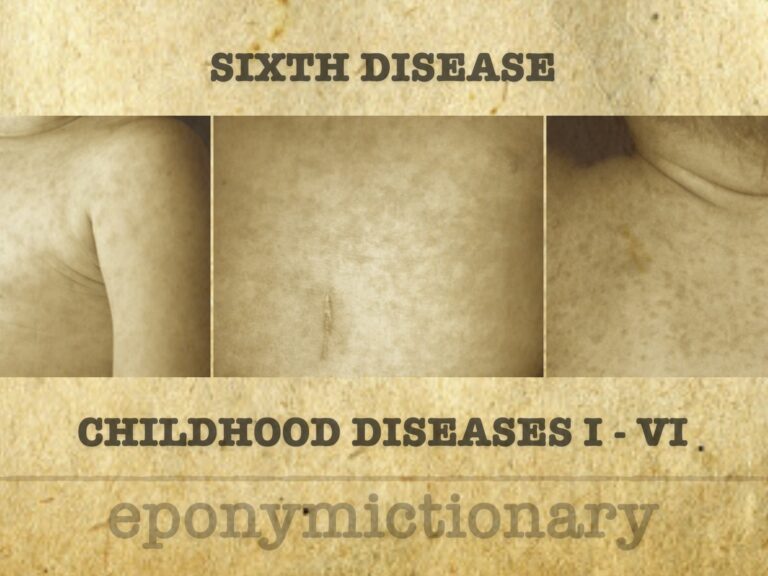
Common viral illness in infants caused by HHV-6. Roseola presents with high fever followed by sudden rash; also known as sixth disease or exanthem subitum.
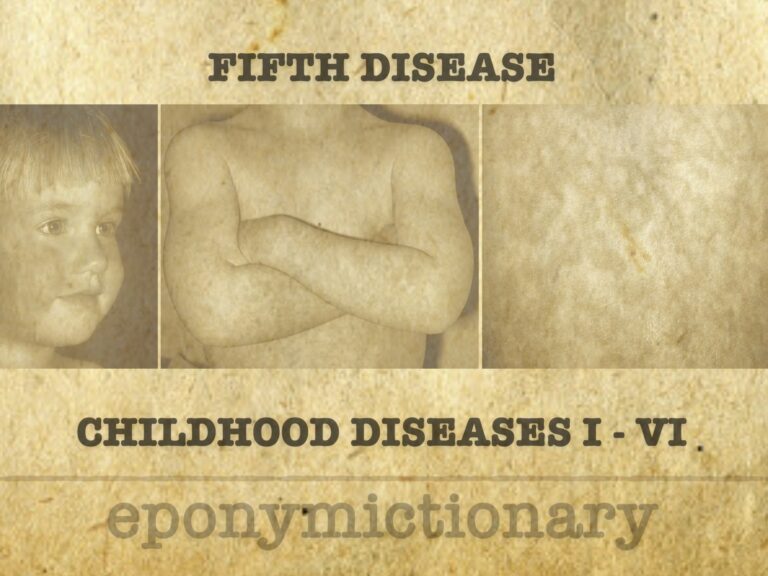
Erythema infectiosum (fifth disease), is a common manifestation of infection in children characterized by low-grade fever, malaise, facial rash, and later by the spread of a lacy maculopapular rash involving the trunk and limbs.
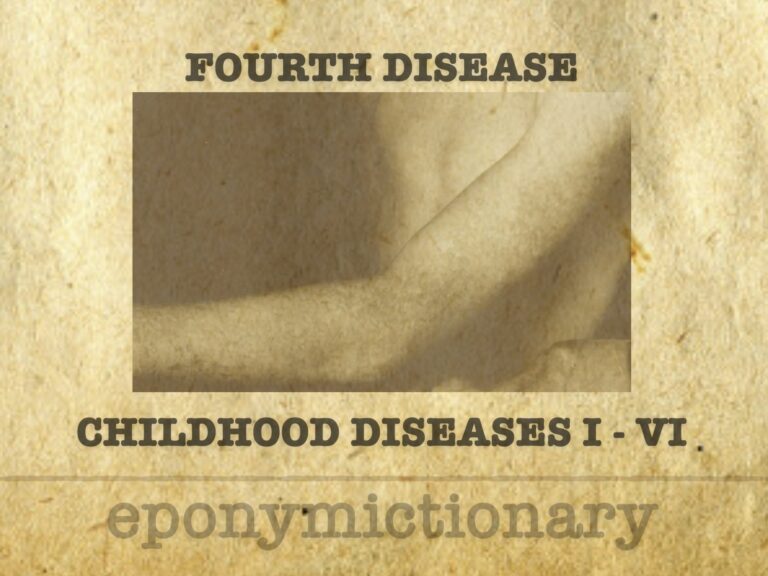
Filatov-Dukes disease, or fourth disease, was a proposed childhood exanthem now largely dismissed as a misclassification of rubella or scarlet fever.
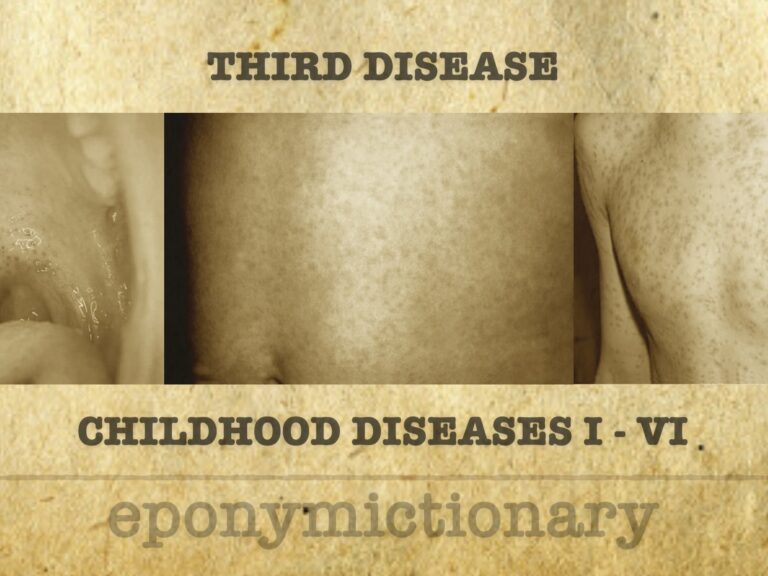
Mild viral exanthem in children; dangerous in pregnancy. Rubella causes rash and lymphadenopathy, with congenital infection leading to CRS.
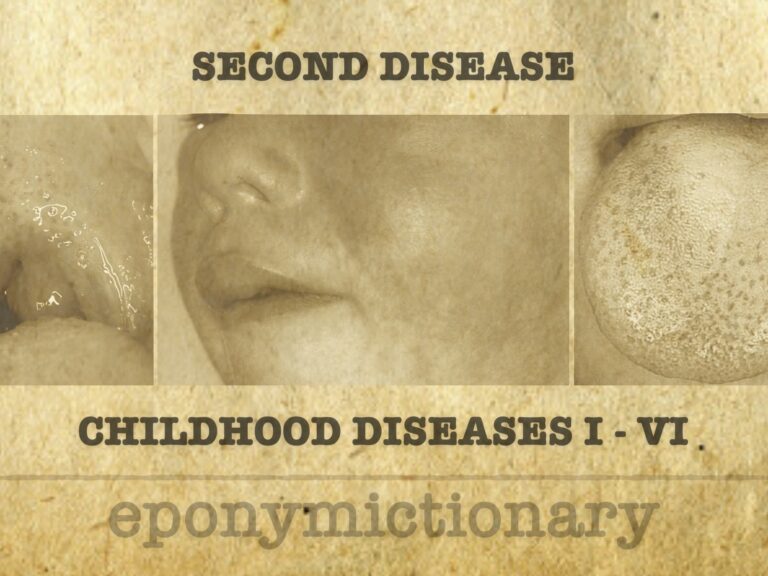
Scarlet fever (second disease). Contagious GABHS infection in kids under 10 with sore throat or rash; caused by S. pyogenes strains producing erythrogenic toxin.
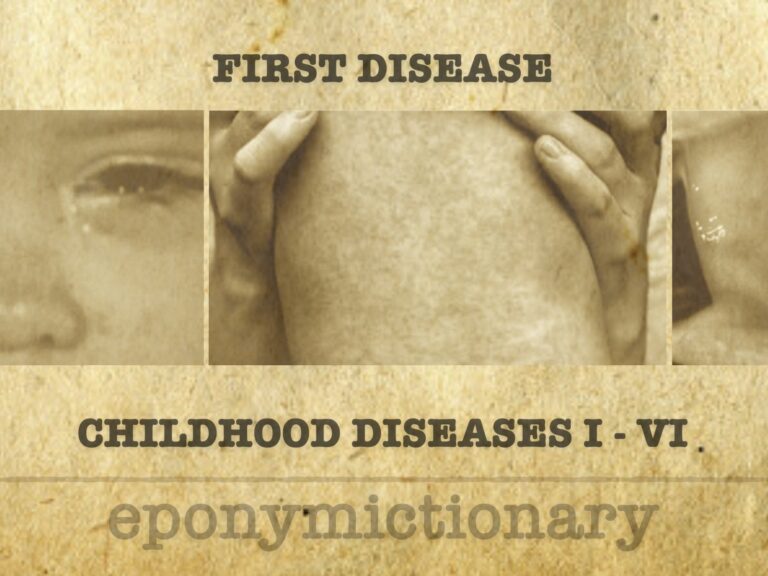
Measles (First Disease): classic childhood exanthem caused by Morbillivirus, with high infectivity, pathognomonic signs, and vaccine-preventable
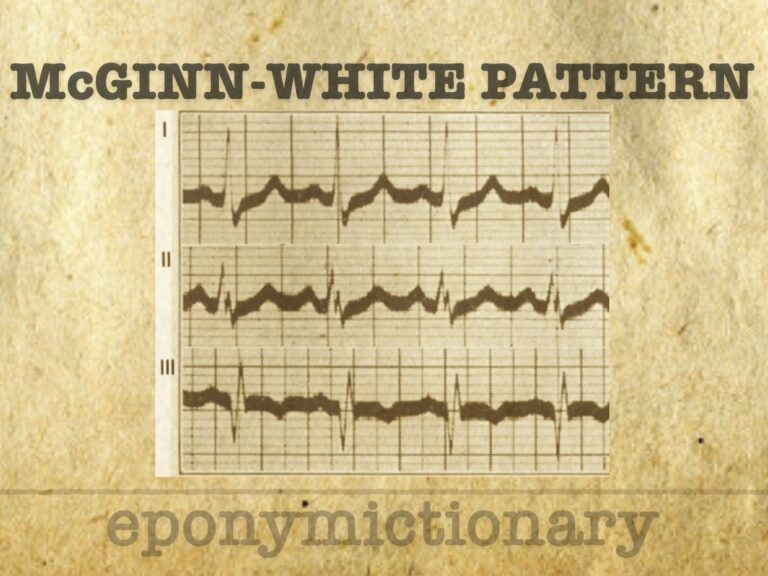
S1Q3T3 McGinn-White pattern indicates right heart strain and predicts severe PE outcomes. ECG sign of pulmonary embolism described in 1935.
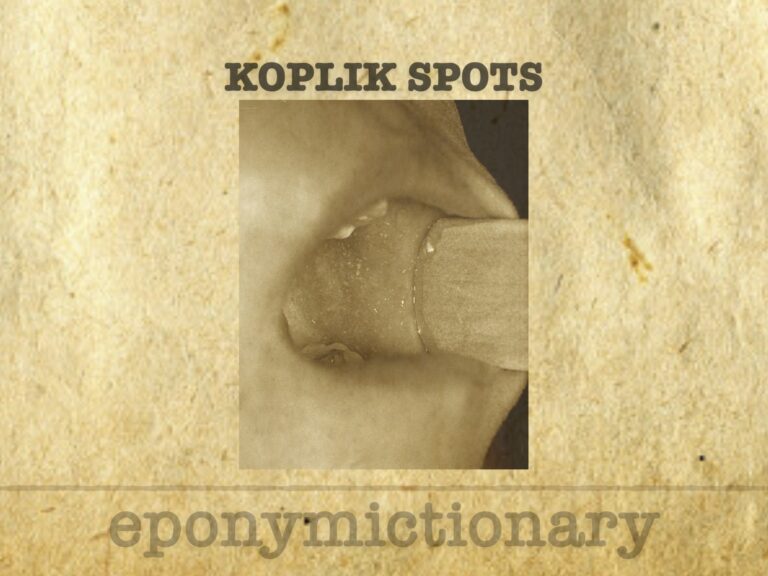
Koplik spots are pathognomonic buccal lesions in early measles, first described by Henry Koplik in 1896, aiding pre-rash diagnosis and outbreak control.